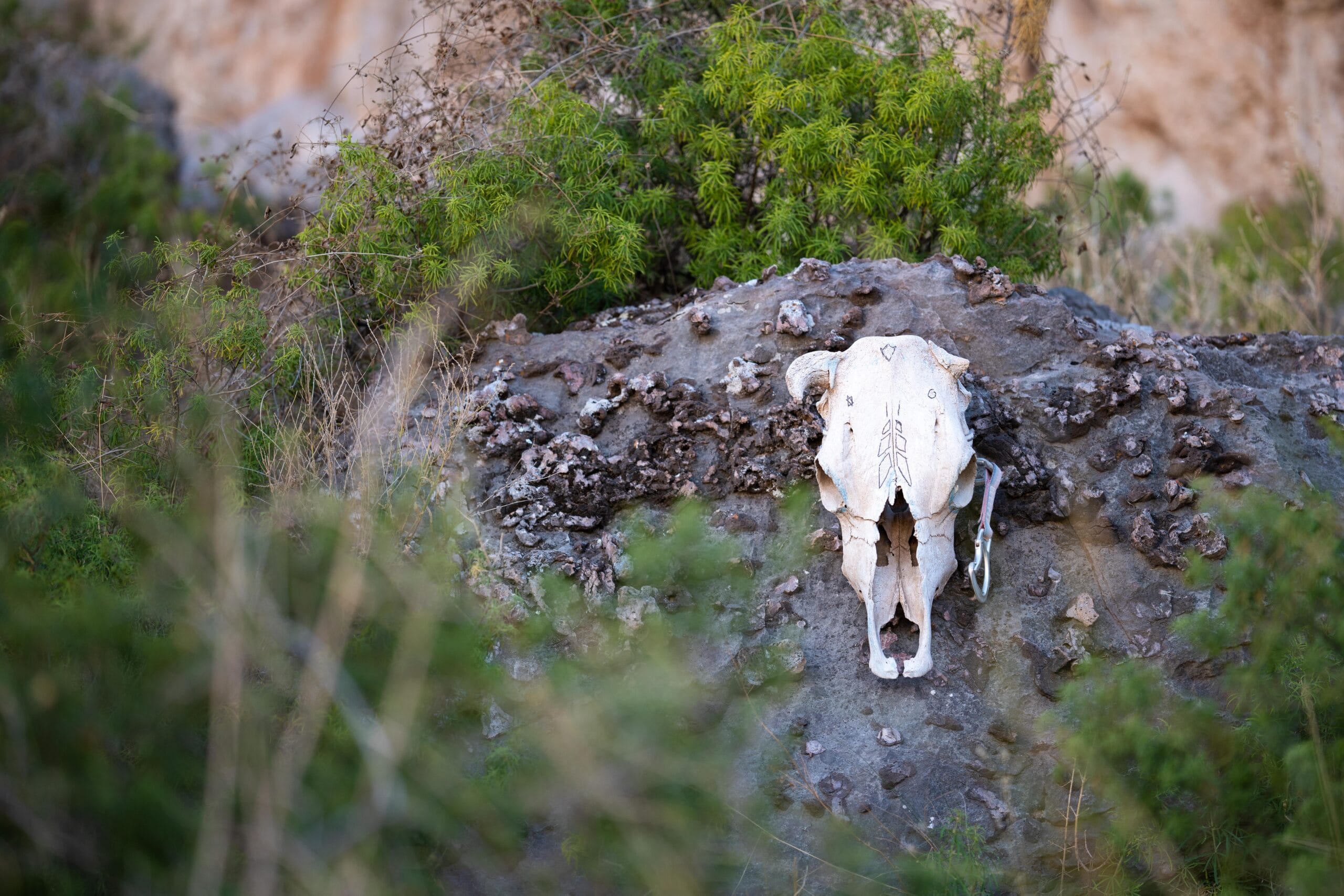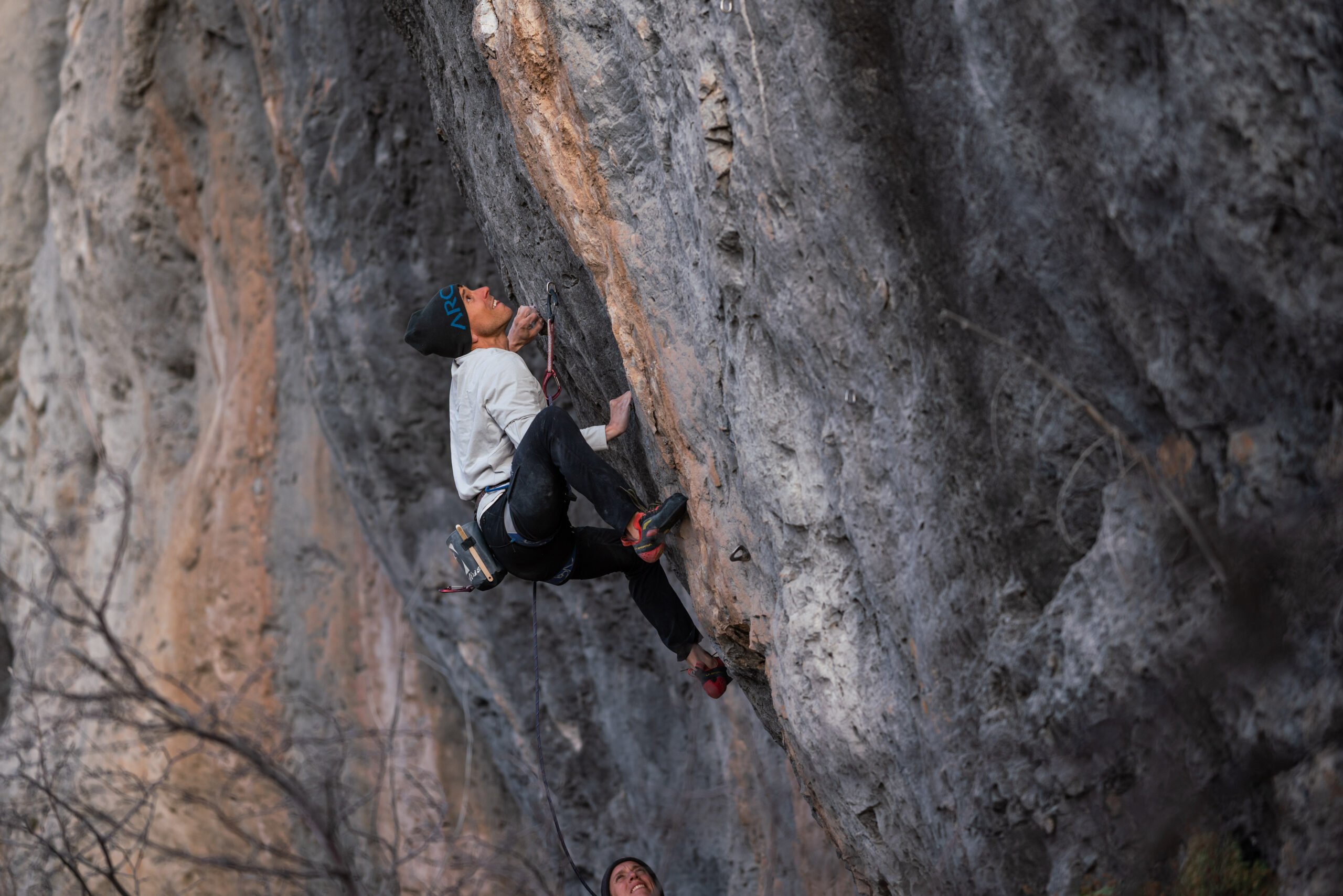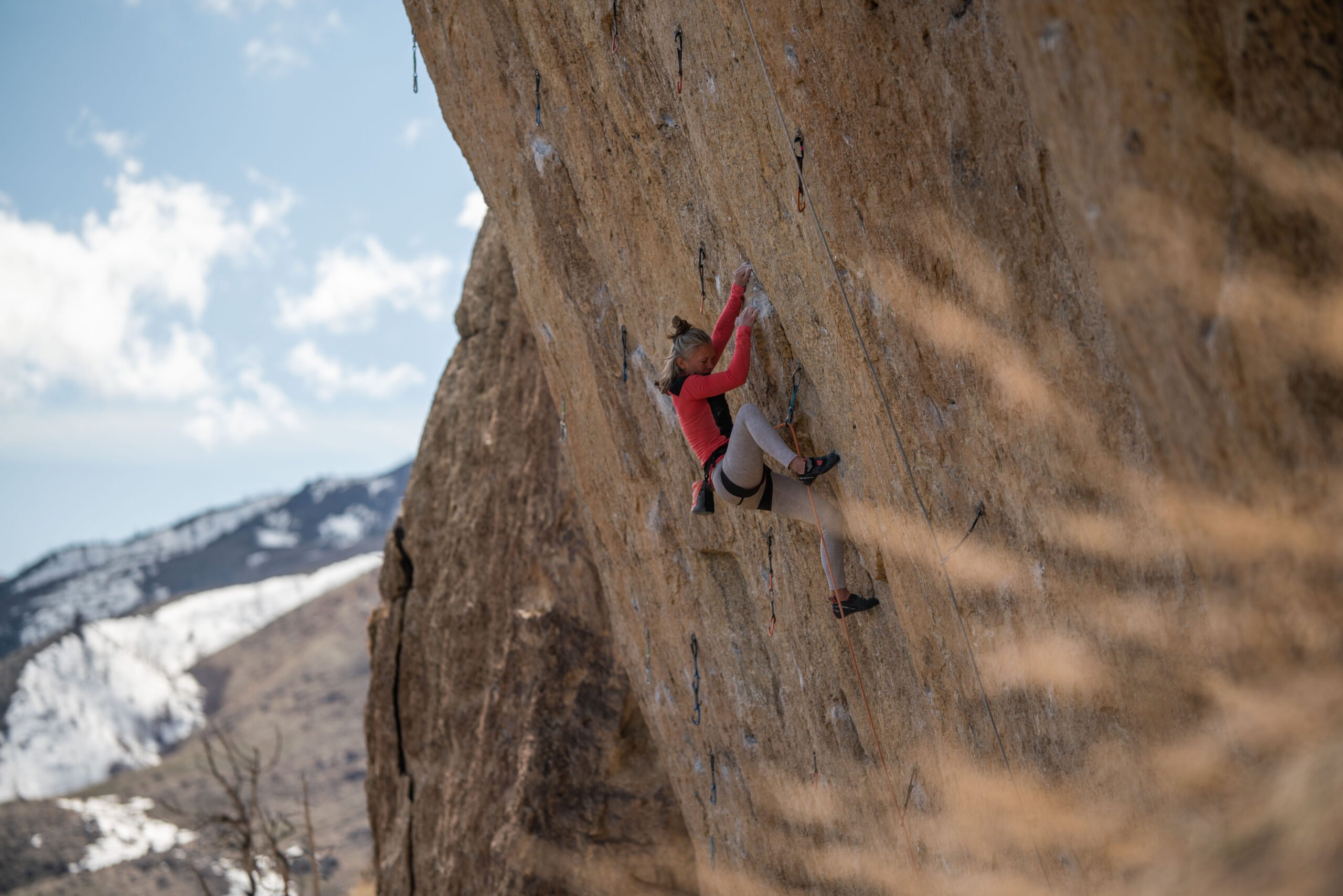Training Tips and Inspiration: Explore Our Blog
Use these resources created by some of the best coaches in the business to inform and supplement your training.
The goal of the home gym is to help a climber be more consistent in training, and to address essential elements. The constraint of having just one kettlebell, or nothing more than a doorjamb edge can be educational and, at times, essential to progress. It’s just one more way to say “yes” to progression, even on the days you don’t quite feel like doing anything.
5
min read
A month into the new year, and most of us have fallen off the path we’d hoped to be on at the New Year. It’s not surprising, and it’s doubly frustrating; especially since we’re people who can get hard stuff done. But it’s not our fault. Resolutions are a trap.They’re fun because we dream of how the results will feel rather than the work we’ll have to do to attain them.
5
min read
There are a lot of ways to make yourself stronger, and part of the path of an athlete is to explore these. Most of us start out weight training in a class or with a trainer, and we spend most of our time doing basic movements to the point where the muscles can no longer sustain the load. Some push even further into a failure point. There's a lot to be said for going this deep into fatigue, but optimizing strength is not one of the results.
4
min read
In strength training, whether it's the big muscles of the legs and back, the fingers, or a combination of a few muscle groups, almost all of us first try to add resistance to try and make them stronger. If I can do 3 sets of 5 repetitions at a given weight, I come back to the gym next workout and add a couple of pounds to the bar, and try again. When I can lift that one for three sets of five, I add more, and so on. This works really well for a long time.
9
min read
My friend Jonathan Siegrist prides himself on being the weakest climber to tick off the world-standard routes that he does. Although this might or might not be100% true, the fact is we'd all do better to maximize skills to a point where we didn't need to be so damned physical to get up things.
5
min read
When we think about strength training in the weight room, most of us go to the "big" lifts: squats, bench press, pull-ups, and deadlifts. This isn't wrong. A program built around these exercises can help you build tremendous strength and durability, but it's easy to see that these aren't exactly climbing-like movements. Although I prescribe big bilateral lifts like this for almost all of my athletes, doing exercises with both arms or legs at the same time can have its limitations.
6
min read
We use core muscles in almost every integrated movement, and it's easy to fall into the trap of "we use them in deadlift and squatting and those exercises are super hard so I don't need additional work there." But if you've ever experienced a ridiculous pump on a steep route, there's a pretty good chance some better core control would reduce it.
9
min read
The last thing I want to think about again today is getting older. I don't really like to talk about it and I certainly don't like doing it. But for me, and probably for you, the worse alternative is getting old quickly. As I look at the people I grew up with, Many of them are frail, immobile, and unable to say "yes" to many activities. These are people in their forties and fifties, not in their 80s.
7
min read
When it comes to performance, every single climber I have ever known has struggled with plateaus. In fact, when someone I talk to seems to just keep getting better, I'm more inclined to punch them in the face than to hear another word of how fun it all is and how they can't wait to go apply their fitness on some big wall somewhere. As coaches, the first time we get to meet most of our athletes is when they get stuck-and usually by the time they contact a professional about fixing the issue, they've already tried "everything". Everything, except discipline.
No Results. Please Try Another Filter Option
Inspiration in your inbox.
“I’m excited to announce the launch of my personal Substack, where I’ll be sharing deeper insights, stories, and reflections on the world of climbing. For a small fee, you can join me in this exclusive space for more in-depth content and personal musings. While free articles and content will continue to be available on Climb Strong, Substack will offer a closer look at my individual thoughts on climbing, training, and beyond. I’d be honored to have you join this growing community."

Steve Bechtel




.jpg)









